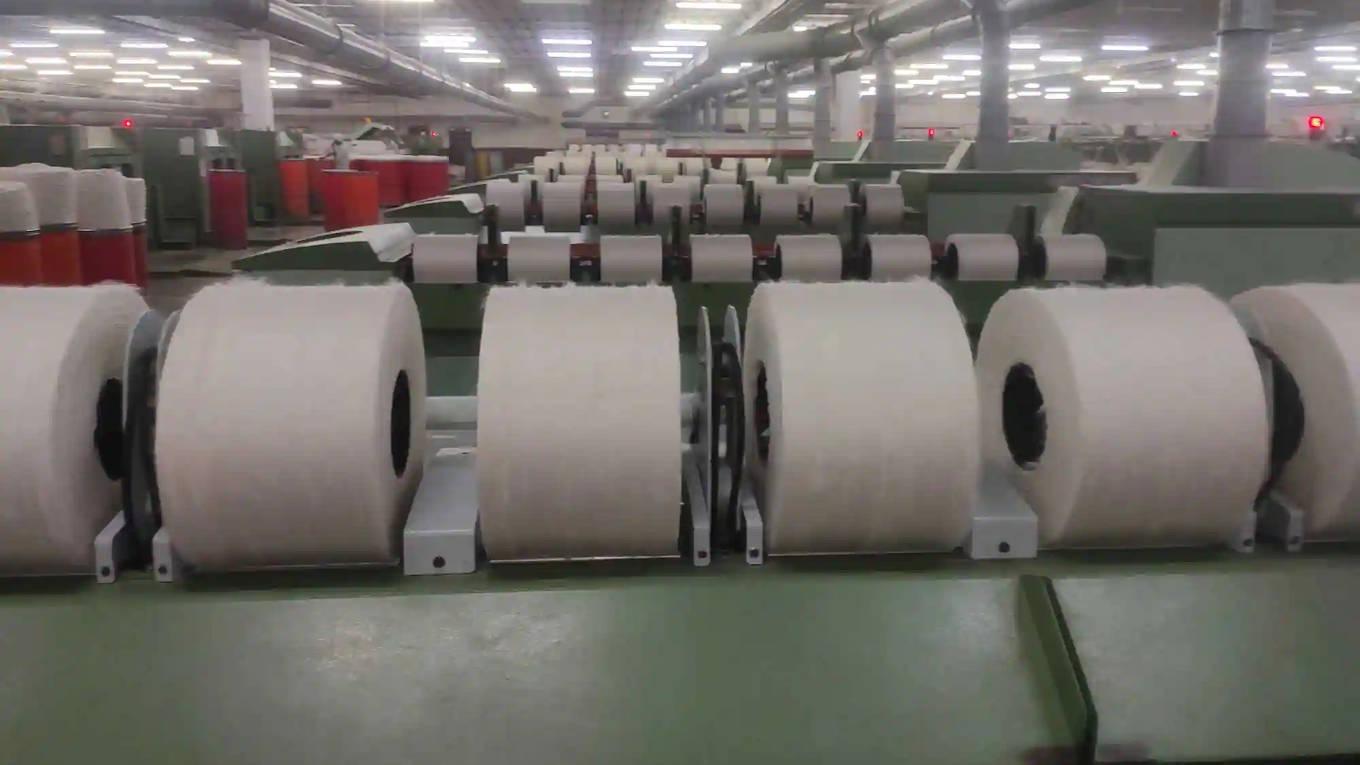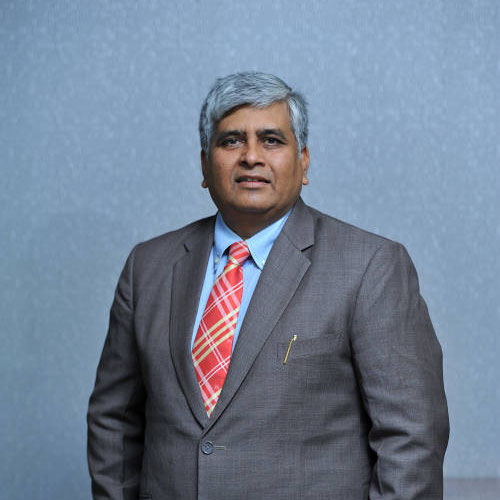After China and the EU, India was the world’s third-largest exporter of textiles in the world in 2020 as it has the highest acreage for cotton compared with the other major nations, with 13.4 million hectares in cotton. Global brands and retailers have started expanding their manufacturing horizon outside China as during the pandemic, many countries across the globe realised the consequences of over-reliance on a single source in the manufacturing sector and India stands out as an attractive option in terms of labour costs, ease of doing business and skilled workforce, along with incentives provided by the Government of India, such as the production-linked incentive (PLI) scheme for synthetic or man-made fibres (MMF) to propel exports and increase production to cater to additional demand. With this as a backdrop, Sangam India Ltd (SIL), a producer of polyester viscose (PV) dyed yarn and seamless apparel, has announced an expansion plan of Rs137.25 crore in its manufacturing facility. “This expansion plan will witness infrastructure development at SIL’s manufacturing facility in Bhilwara, Rajasthan. The move is aimed at increasing the capacity of its cotton yarn business by 47 per cent and knitted fabric business by 28 per cent,” explains S.N. Modani, group MD and CEO at SIL. Modani holds a PhD in ‘strategic management practices for a sustainable future’, along with a Master’s in Science (MSc), and a BSc (honours) in Chemistry, as well as an MBA qualification along with a Post-Graduate Diploma in Cement Technology from NCBM, Faridabad. He has rich experience in the textile industry. Modani’s stints include association with some of India’s leading industry bodies. He has been a Committee Member (Leaders Forum) of the Federation of Indian Chambers of Commerce & Industry (FICCI) and a Member of the HRD Committee of FICCI. The expansion funds will be strategically phased out over FY21-22. The planned manufacturing expansion is expected to witness an increase in revenue potential by 15 per cent from FY22-23. The total cost of the expansion project is funded partly by term loans of R102 crore and the balance R35.25 crore through internal accruals. The expansion programme will result in the installation of 32,832 spindles and six knitting machines for the manufacturing of cotton yarn and knitted fabric. “Despite the two unprecedented and challenging years of the pandemic, we are considerably satisfied with the performance,” adds Modani. SIL’s FY21 revenue stood at Rs1,791.45 crore, down from Rs1,882.64 crore, while the profits slid from Rs15.31 crore (FY19) to Rs5.38 crore (FY21). But for the six months ended September 2021, its turnover is Rs634.92 crore and the net profit has bounced back to Rs29.80 crore. Infra expansion “Going forward with the machinery capacity development, we plan to achieve an approximate increase of 15 per cent in our overall business. After we have set foot in this phase of our infra-expansion, SIL is aiming to strategically leverage the D2C market and the digitised textile space to further elevate our reach and supply in India and overseas,” says Modani. For starters, SIL, headquartered in Bhilwara, Rajasthan was established in 1984 and started with only eight weaving machines. It now has PV dyed yarn, cotton and OE yarn and has moved into ready-to-stitch fabric. SIL has a presence in over 50 countries. The NSE & BSE listed company produces 35 million metres of PV fabric and 48 million metres of denim fabric annually. This magnitude of production is possible with a highly organised production base equipped with more than 2,36,000 spindles and 3,000 rotors.
-

The company produces 35 million metres of PV fabric and 48 million metres of denim fabric annually



































